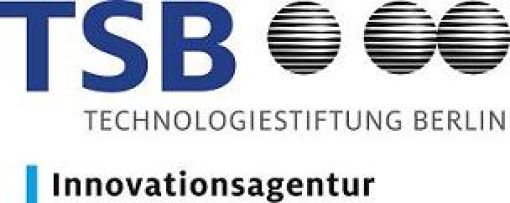Spanish National Research Council at nano tech 2014
28
Jan
2014
More than 20 top-trending technology offers from Spanish National Research Council (CSIC) are exhibited in TokyoA Spanish EEN partner the Spanish National Research Council (CSIC) has attended the International Nanotechnology Exhibition & Conference in Tokyo ‘nano tech’ for the last five years. CSIC is the largest Spanish public research entity in Spain and the third in Europe. With more than 15,000 employees (8,000 scientific researchers) and 128 research centers distributed throughout the country it covers all fields of knowledge: Humanities and Social Sciences, Biology and Biomedicine, Natural Resources, Agricultural Sciences, Physical Science and Technologies, Materials Science and Technology, Food Science and Technology and Chemical Science and Technology.For this edition nano tech 2014 , CSIC brings a renewed set of technological offers for applications in several areas including developments in energy harvesting, batteries and photovoltaics, biomedical, photodetectors and other sensing devices, measurement, nanocomposites, coatings, graphene obtaining, etc. A set of technological offers able to be implemented in the top industrial process and technologies are offered. Industrial partners interested in a patent license and the reception of the associated know-how for its exploitation or agreeing R&D collaboration are foreseen.CSIC is looking forward to welcoming visitors at the Spain booth 5Q-17.For more information contact:Javier Maira, j.maira@orgc.csic.esJuan Echevarría, jeche@ifca.unican.esNext-Tip is a spin-off of the Spanish National Research Council (CSIC). Their aim is to fabricate high added value Scanning Probe Microscopy (SPM) tips specially designed for high resolution in dynamic modes.Their technology is based on the coating of Atomic Force Microscopy (AFM) tips with nanoparticles of controlled size and chemical composition. The small size of the nanoparticles deposited (2-3 nm) provides high spatial resolution and sensitivity. As the deposition is performed under Ultra High Vacuum conditions the purity of the nanoparticles is guaranteed and provides the chemical functionalization of the tip (i.e.: for uses in Kelvin Probe Force Microscopy, KPFM). In resume, the nanoparticles deposited at the end of the tips do act as the final probes in microscopy, enhancing the spatial resolution with the intrinsic physical and chemical properties of the nanoparticles. Apart from this, these tips present a long-life performance, significantly longer than conventional tips. This is particularly interesting when measuring in ambient controlled conditions such as ultra-high vacuum or low temperature, where the duration of a tip is a key issue.The company is looking for collaborations to develop new products applicable to new emerging SPM modes. In addition, they are seeking industrial partners with technological problems for future applications of our products or development of new ones. David López, info@next-tip.comLidia Martinez, lidia.martinez@next-tip.com http://www.next-tip.com












